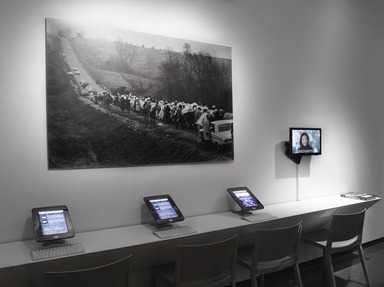

Witness: Art and Civil Rights in the Sixties, March 7, 2014 through July 13, 2014 (Image: DIG_E_2014_Witness_001_PS9.jpg Brooklyn Museum photograph, 2014)

Witness: Art and Civil Rights in the Sixties, March 7, 2014 through July 13, 2014 (Image: DIG_E_2014_Witness_002_PS9.jpg Brooklyn Museum photograph, 2014)
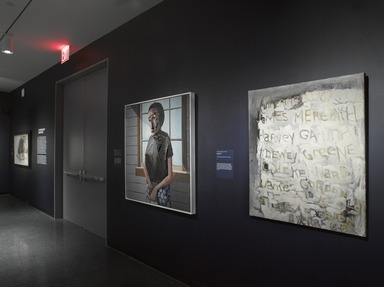
Witness: Art and Civil Rights in the Sixties, March 7, 2014 through July 13, 2014 (Image: DIG_E_2014_Witness_003_PS9.jpg Brooklyn Museum photograph, 2014)
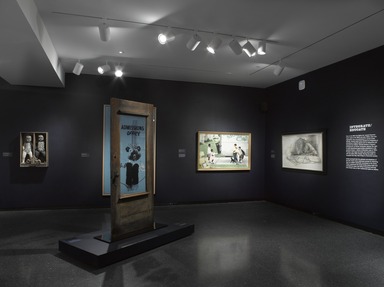
Witness: Art and Civil Rights in the Sixties, March 7, 2014 through July 13, 2014 (Image: DIG_E_2014_Witness_004_PS9.jpg Brooklyn Museum photograph, 2014)

Witness: Art and Civil Rights in the Sixties, March 7, 2014 through July 13, 2014 (Image: DIG_E_2014_Witness_005_PS9.jpg Brooklyn Museum photograph, 2014)

Witness: Art and Civil Rights in the Sixties, March 7, 2014 through July 13, 2014 (Image: DIG_E_2014_Witness_006_PS9.jpg Brooklyn Museum photograph, 2014)

Witness: Art and Civil Rights in the Sixties, March 7, 2014 through July 13, 2014 (Image: DIG_E_2014_Witness_007_PS9.jpg Brooklyn Museum photograph, 2014)

Witness: Art and Civil Rights in the Sixties, March 7, 2014 through July 13, 2014 (Image: DIG_E_2014_Witness_008_PS9.jpg Brooklyn Museum photograph, 2014)

Witness: Art and Civil Rights in the Sixties, March 7, 2014 through July 13, 2014 (Image: DIG_E_2014_Witness_009_PS9.jpg Brooklyn Museum photograph, 2014)
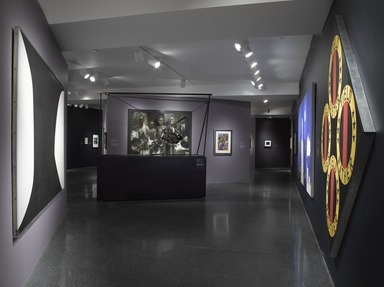
Witness: Art and Civil Rights in the Sixties, March 7, 2014 through July 13, 2014 (Image: DIG_E_2014_Witness_010_PS9.jpg Brooklyn Museum photograph, 2014)

Witness: Art and Civil Rights in the Sixties, March 7, 2014 through July 13, 2014 (Image: DIG_E_2014_Witness_011_PS9.jpg Brooklyn Museum photograph, 2014)

Witness: Art and Civil Rights in the Sixties, March 7, 2014 through July 13, 2014 (Image: DIG_E_2014_Witness_012_PS9.jpg Brooklyn Museum photograph, 2014)

Witness: Art and Civil Rights in the Sixties, March 7, 2014 through July 13, 2014 (Image: DIG_E_2014_Witness_013_PS9.jpg Brooklyn Museum photograph, 2014)

Witness: Art and Civil Rights in the Sixties, March 7, 2014 through July 13, 2014 (Image: DIG_E_2014_Witness_014_PS9.jpg Brooklyn Museum photograph, 2014)

Witness: Art and Civil Rights in the Sixties, March 7, 2014 through July 13, 2014 (Image: DIG_E_2014_Witness_015_PS9.jpg Brooklyn Museum photograph, 2014)

Witness: Art and Civil Rights in the Sixties, March 7, 2014 through July 13, 2014 (Image: DIG_E_2014_Witness_016_PS9.jpg Brooklyn Museum photograph, 2014)
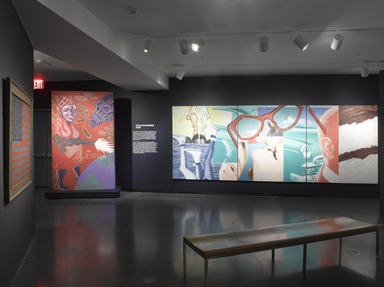
Witness: Art and Civil Rights in the Sixties, March 7, 2014 through July 13, 2014 (Image: DIG_E_2014_Witness_017_PS9.jpg Brooklyn Museum photograph, 2014)
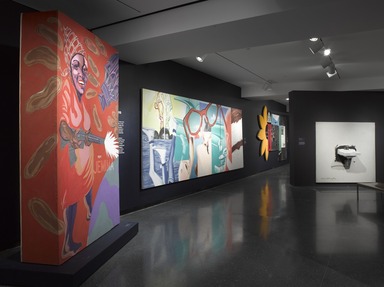
Witness: Art and Civil Rights in the Sixties, March 7, 2014 through July 13, 2014 (Image: DIG_E_2014_Witness_018_PS9.jpg Brooklyn Museum photograph, 2014)

Witness: Art and Civil Rights in the Sixties, March 7, 2014 through July 13, 2014 (Image: DIG_E_2014_Witness_019_PS9.jpg Brooklyn Museum photograph, 2014)
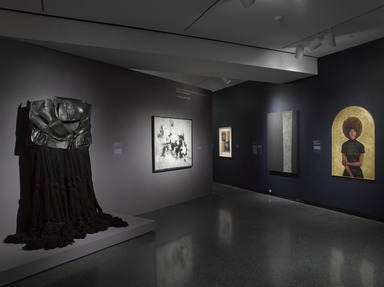
Witness: Art and Civil Rights in the Sixties, March 7, 2014 through July 13, 2014 (Image: DIG_E_2014_Witness_020_PS9.jpg Brooklyn Museum photograph, 2014)

Witness: Art and Civil Rights in the Sixties, March 7, 2014 through July 13, 2014 (Image: DIG_E_2014_Witness_021_PS9.jpg Brooklyn Museum photograph, 2014)

Witness: Art and Civil Rights in the Sixties, March 7, 2014 through July 13, 2014 (Image: DIG_E_2014_Witness_022_PS9.jpg Brooklyn Museum photograph, 2014)

Witness: Art and Civil Rights in the Sixties, March 7, 2014 through July 13, 2014 (Image: DIG_E_2014_Witness_023_PS9.jpg Brooklyn Museum photograph, 2014)
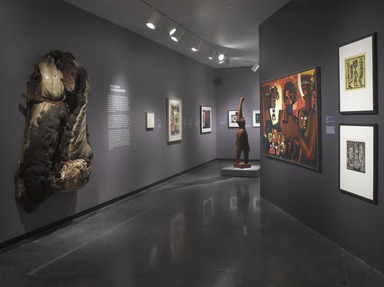
Witness: Art and Civil Rights in the Sixties, March 7, 2014 through July 13, 2014 (Image: DIG_E_2014_Witness_024_PS9.jpg Brooklyn Museum photograph, 2014)

Witness: Art and Civil Rights in the Sixties, March 7, 2014 through July 13, 2014 (Image: DIG_E_2014_Witness_025_PS9.jpg Brooklyn Museum photograph, 2014)

Witness: Art and Civil Rights in the Sixties, March 7, 2014 through July 13, 2014 (Image: DIG_E_2014_Witness_026_PS9.jpg Brooklyn Museum photograph, 2014)
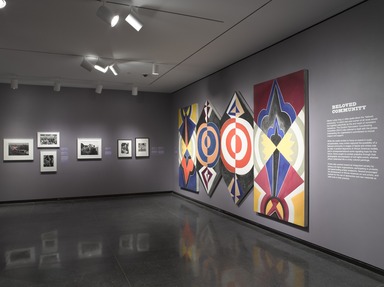
Witness: Art and Civil Rights in the Sixties, March 7, 2014 through July 13, 2014 (Image: DIG_E_2014_Witness_027_PS9.jpg Brooklyn Museum photograph, 2014)

Witness: Art and Civil Rights in the Sixties, March 7, 2014 through July 13, 2014 (Image: DIG_E_2014_Witness_028_PS9.jpg Brooklyn Museum photograph, 2014)

Witness: Art and Civil Rights in the Sixties, March 7, 2014 through July 13, 2014 (Image: DIG_E_2014_Witness_029_PS9.jpg Brooklyn Museum photograph, 2014)

Witness: Art and Civil Rights in the Sixties, March 7, 2014 through July 13, 2014 (Image: DIG_E_2014_Witness_030_PS9.jpg Brooklyn Museum photograph, 2014)

Witness: Art and Civil Rights in the Sixties, March 7, 2014 through July 13, 2014 (Image: DIG_E_2014_Witness_031_PS9.jpg Brooklyn Museum photograph, 2014)

Witness: Art and Civil Rights in the Sixties, March 7, 2014 through July 13, 2014 (Image: DIG_E_2014_Witness_032_PS9.jpg Brooklyn Museum photograph, 2014)
Witness: Art and Civil Rights in the Sixties
-
November 1, 2014
Activism and artistic practice intersect in Witness: Art and Civil Rights in the Sixties, a presentation of 103 works by 66 artists that is among the few exhibitions to explore how painting, sculpture, graphics, and photography not only responded to the political and social turmoil of the era but also helped to influence its direction. Debuting at the Brooklyn Museum, where it will be on view from March 7 through July 6, 2014, the touring exhibition marks the fiftieth anniversary of the passage of the Civil Rights Act of 1964, the events leading to this historic moment, and the aftermath of the legislation.
During the dramatic and often violent social and cultural upheaval of the 1960s, many artists—working in all media and representing all races and ethnicities—aligned themselves with the burgeoning Civil Rights Movement to address the issues of the time in their art and, often, to participate in acts of protest. From this crucible emerged powerful works that were dramatically wide-ranging in aesthetic approach, encompassing abstraction, assemblage, figural work, Minimalism, Pop art, and photography. The exhibition will explore how these works distilled ideas and actions into forceful emblems of identity and liberation. Creating works informed by the experience of inequality, conflict, and empowerment, the artists tested the political viability of their styles and originated subjects attentive to resistance, self-definition, and blackness.
The exhibition was organized by Teresa A. Carbone, Andrew W. Mellon Curator of American Art at the Brooklyn Museum, and Kellie Jones, Associate Professor in the Department of Art History and Archaeology at Columbia University. It will travel to the Hood Museum of Art at Dartmouth College in Hanover, New Hampshire, where it will be on view in the fall of 2014, and the Blanton Museum of Art at the University of Texas at Austin, where it will be presented in the spring of 2015.
Organized thematically, the exhibition will include sections titled Integrate/Educate; American Nightmare; Presenting Evidence; Politicizing Pop; Black Is Beautiful; Sisterhood; Global Liberation; and Beloved Community.
Among the works on view will be Jack Whitten’s Birmingham 1964, which was created in reaction to the violence in that city and uses layers of black paint, crushed aluminum foil, and sheer stocking mesh to reveal and obscure a newspaper photograph of the confrontations between protesters and police in Birmingham. Also represented in the exhibition are works by Charles Alston, Merton Simpson, Norman Lewis, and Romare Bearden, all members of Spiral, a group of New York artists who collectively explored how their practices could engage with the struggle for civil rights.
Other highlights of Witness are Jae Jarrell’s Urban Wall Suit, a fabric suit inspired by activist murals and urban graffiti that anticipates the current confluence of fashion and art; Robert Indiana’s boldly graphic painting The Confederacy: Alabama, with a central map that references the violence-ridden Selma-to-Montgomery March; works by the Georgia-born, New York–based artist Benny Andrews, whose images of rural African Americans incorporate coarse fabrics in densely painted surfaces; and the Los Angeles artists Noah Purifoy, founding director of the Watts Arts Center, and John T. Riddle Jr., who both salvaged materials from the 1965 Watts Rebellion to create assemblages that speak to the experience of struggle and survival.
Photographers in the exhibition, such as Richard Avedon, Bruce Davidson, Roy DeCarava, Gordon Parks, and Moneta Sleet Jr., captured the events of the Civil Rights Movement as both documentarians and activists, often altering public opinion with their images in newspapers and magazines such as Ebony and Life. The exhibition includes Bruce Davidson’s photographs of an Atlanta Ku Klux Klan rally and of the blood-spattered car in which Viola Liuzzo was murdered by Klan members while driving home a group of Selma-to-Montgomery marchers; Danny Lyon’s image of Bob Dylan playing his guitar before a group of SNCC workers outside their Greenwood, Mississippi, office; and Gordon Parks’s images of Muhammad Ali, Eldridge and Kathleen Cleaver, and others.
Among the other artists included in the exhibition are Jacob Lawrence, Norman Rockwell, Charles White, Faith Ringgold, May Stevens, James Rosenquist, Barbara Chase-Riboud, Elizabeth Catlett, Mark di Suvero, Sam Gilliam, Raphael Montañez Ortiz, Barkley Hendricks, Mel Edwards, Philip Guston, David Hammons, Betye Saar, and Jeff Donaldson.
The exhibition will be accompanied by a fully illustrated catalogue to be published by the Monacelli Press. It will include essays by co-curators Teresa A. Carbone and Kellie Jones, with additional contributions by Cynthia A. Young, Connie H. Choi, and Dalila Scruggs.
The exhibition is made possible through a generous grant from the Ford Foundation.
Press Area of Website
View Original

